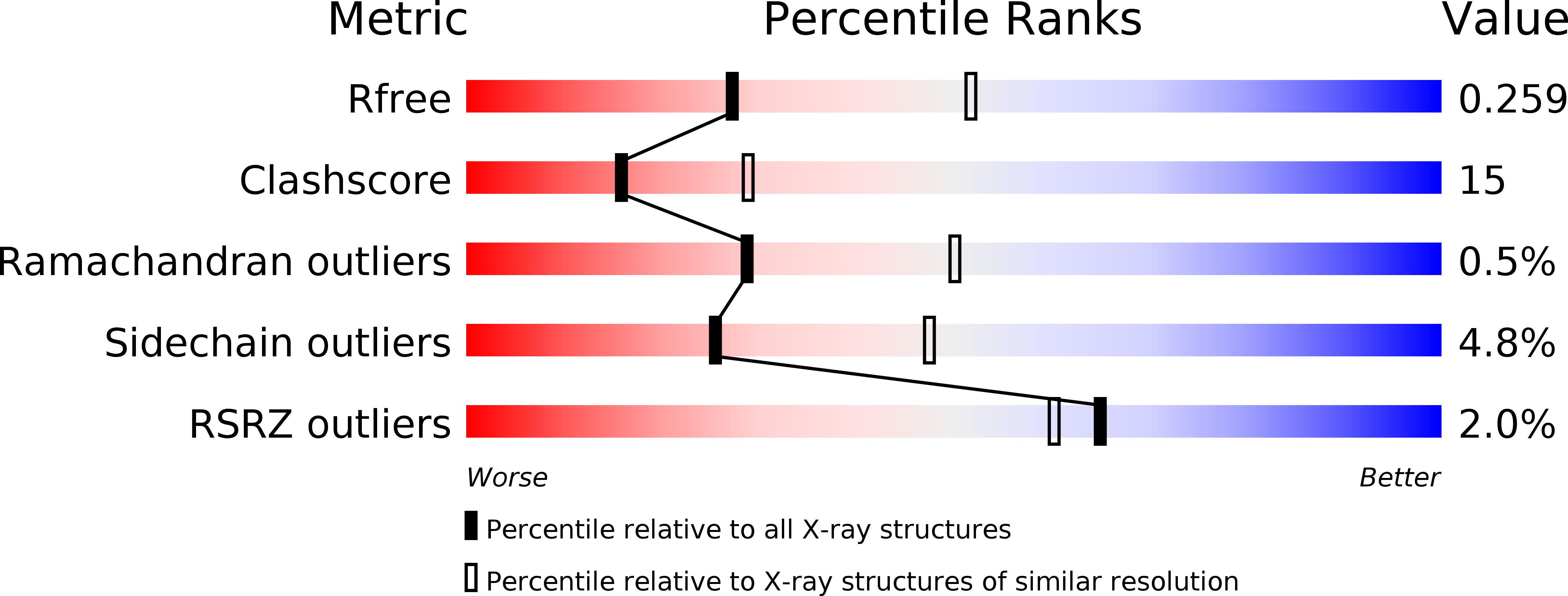
Deposition Date
2012-06-08
Release Date
2012-11-28
Last Version Date
2025-03-26
Entry Detail
PDB ID:
4FID
Keywords:
Title:
Crystal structure of a heterotrimeric G-Protein subunit from entamoeba histolytica, EHG-ALPHA-1
Biological Source:
Source Organism:
Entamoeba histolytica (Taxon ID: 5759)
Host Organism:
Method Details:
Experimental Method:
Resolution:
2.62 Å
R-Value Free:
0.25
R-Value Work:
0.18
R-Value Observed:
0.19
Space Group:
P 21 21 21


